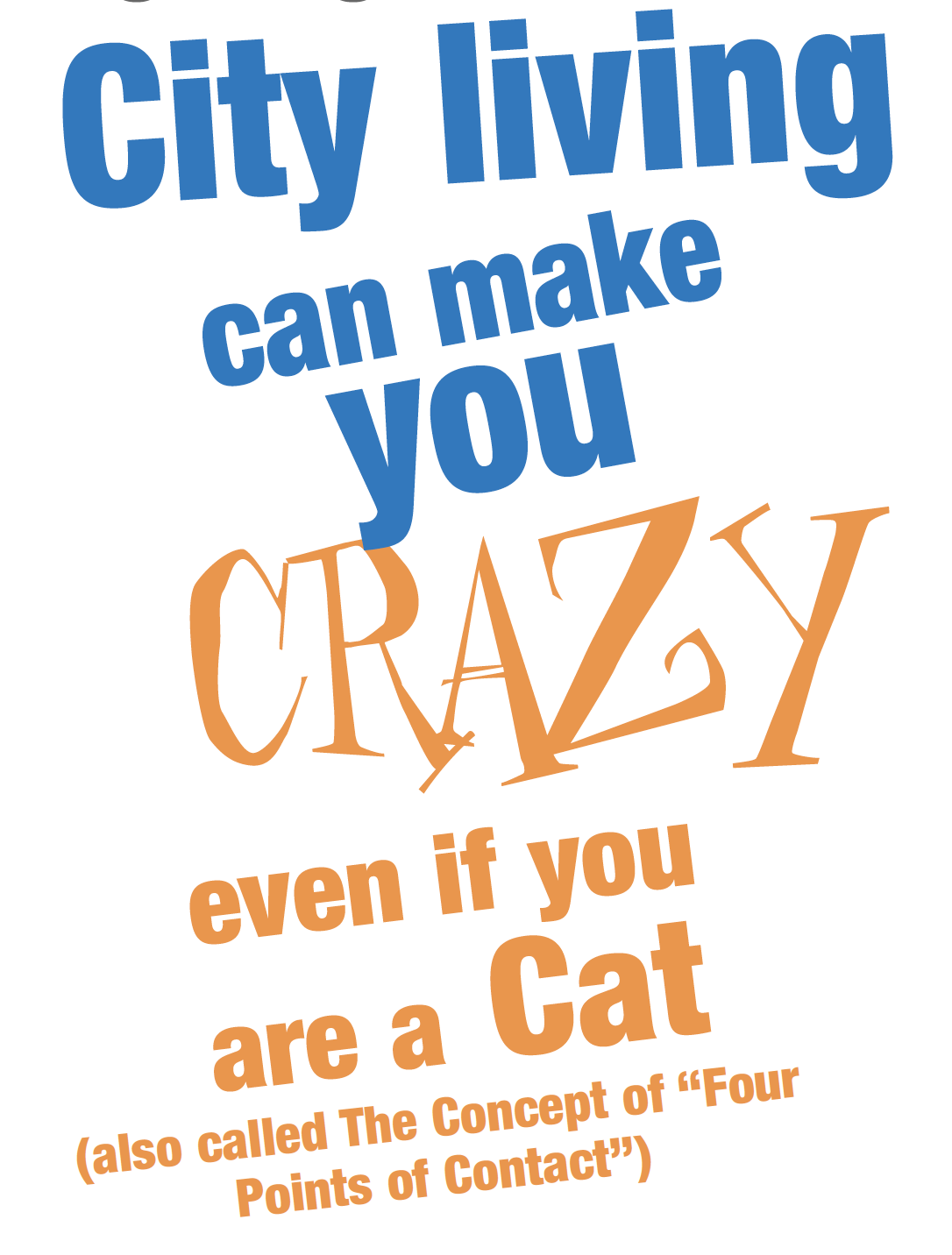[fusion_builder_container hundred_percent=”no” equal_height_columns=”no” menu_anchor=”” hide_on_mobile=”small-visibility,medium-visibility,large-visibility” class=”” id=”” background_color=”” background_image=”” background_position=”center center” background_repeat=”no-repeat” fade=”no” background_parallax=”none” parallax_speed=”0.3″ video_mp4=”” video_webm=”” video_ogv=”” video_url=”” video_aspect_ratio=”16:9″ video_loop=”yes” video_mute=”yes” overlay_color=”” video_preview_image=”” border_size=”” border_color=”” border_style=”solid” padding_top=”” padding_bottom=”” padding_left=”” padding_right=””][fusion_builder_row][fusion_builder_column type=”1_1″ layout=”1_1″ background_position=”left top” background_color=”” border_size=”” border_color=”” border_style=”solid” border_position=”all” spacing=”yes” background_image=”” background_repeat=”no-repeat” padding_top=”” padding_right=”” padding_bottom=”” padding_left=”” margin_top=”0px” margin_bottom=”0px” class=”” id=”” animation_type=”” animation_speed=”0.3″ animation_direction=”left” hide_on_mobile=”small-visibility,medium-visibility,large-visibility” center_content=”no” last=”no” min_height=”” hover_type=”none” link=””][fusion_text columns=”” column_min_width=”” column_spacing=”” rule_style=”default” rule_size=”” rule_color=”” hide_on_mobile=”small-visibility,medium-visibility,large-visibility” class=”” id=””]
Have you ever thought about how different our world is
today for our pets? We often complain about our ‘speeded
up lives’, and the loss of
community and recreational spaces. How often do you
get to a spontaneous backyard barbie anymore? Well, it’s
even harder for your pets. If upwards of 10% of Sydneysiders
can’t cope (which is the ‘old name’ for the modern
epidemic of depression..), then it is really not surprising
that a similar number of cats can’t cope with the new
rules of city living.
For Millennia, cats lived in small communities of related
females, with males visiting seasonally to do what
men do. Kittens were raised communally, and not many
survived. Evenings were spent hunting for mice and rats,
and avoiding bigger predators. Life was pretty short and
brutal (wild cats only live to about 5 years old), and filled
with parasites (internal and external), poisons and other
dangers.
On the up side, it was a mile between cats, males covered
the territory of three to ten female colonies, plus
interaction between ‘outsider’ cats was infrequent and
usually made via smell (urine and facial pheromones).
Today, our cats are confined, castrated and made to
interact with lots of humans and other cats. Their lives
have been radically changed, and the thing to remember
is how well most cats have adapted. However, we
seem to see nearly every one of the ones that can’t
cope, because they get their owner’s attention by peeing
around the place (including on their owner’s heads in rare
instances… that’s guaranteed to get a reaction!). Or else
they regularly fight with other cats or people, spend their
lives hiding, or pee blood in the bathtub. I sometimes
wonder if there is an
earlier stage that these cats go through trying to get
their message across, but we don’t get the message till
the signs are blatant!
Fortunately, we are getting cluier about cats, and there
are a number of ‘behavior modifying’ drugs and techniques
to help the ‘stressed out kitty’. Antidepressants
are the big step forward, but we are actually moving in
on the ‘smell’ front as well (with Feliway and Felifriend).
Returning to the ‘natural state’ of cats, most messages
came via the nose, so triggering ‘happy thoughts’ via
‘good smells’ (eg pheromones) is starting to get a look
in. In the recent past, cats were ‘bombed out’ of caring
about their problems with sedatives, in much the same
way as housewives in ‘Valium Valley’ used to be – no progress
with the problem made, but the symptoms disappear.
These days for cats, instigating a bit of behavioral
therapy also helps – structuring ‘playtime’ and ‘feeding
times’ into regular and reliable events reduces the anxiety
that a lot of cats feel when their owners are away or
have irregular timetables. Our cats are much more likely
to spend the majority of their day indoors now, and this
promotes longevity and physical health. However, it does
place a greater burden to care for the mental health of
the cat on the owner rather than the environment.
Hardly anyone lets their kids walk to school alone (or
even walk there at all), nor lets them play on the roads
either – and very sensible too. However, it means that
the energy that was used up in running about outside
for kids and cats has to be redirected. Some cats redirect
appropriately, some don’t. Some breeds of cats cope
better with a sedentary existence that others. However,
all of the cats who have problems are much-loved, and
it is nice to be able to either modify the environ-ment
so the cat can cope (eg tell the boyfriend to leave – and
85% of cat owners would!), or modify the cat’s response
to stress by raising their anxiety threshold (with drugs).
I’ve observed that no cat ever changed – there has to be
change around them so that they can cope! It was ever
thus – dogs get trained, cats train their owners (but only
‘for our own good’… well maybe not purely..).
[/fusion_text][/fusion_builder_column][/fusion_builder_row][/fusion_builder_container]

